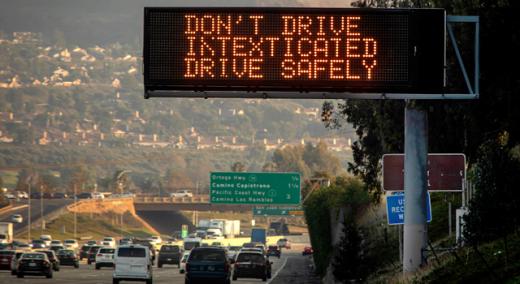Imagine you’re driving along the highway and you see an electric sign that reads, “79 traffic deaths this year.” Would this make you less likely to crash your car shortly after seeing the sign? Perhaps you think it would have no effect?
|
ADVERTISEMENT |
Neither are true. According to a recent peer-reviewed study that just came out in Science, you would be more likely to crash, not less. Talk about unintended consequences.
The study examined seven years of data from 880 electric highway signs that showed the number of deaths so far this year for one week each month as part of a safety campaign. The researchers found that the number of crashes increased by 1.52 percent within three miles of the signs on these safety campaign weeks, compared to the other weeks of the month when the signs didn’t show fatality information.
That’s about the same effect as raising the speed limit by four miles or decreasing the number of highway troopers by 10 percent. The scientists calculated that the social costs of such fatality messages amount to $377 million per year, with 2,600 additional crashes and 16 deaths.
…

Comments
Interesting
I really found the article valuable. I am working on a quality awareness program at my organization and after reading this article started thinking about the boomerang effect and considering adjusting.
Great article.
Add new comment